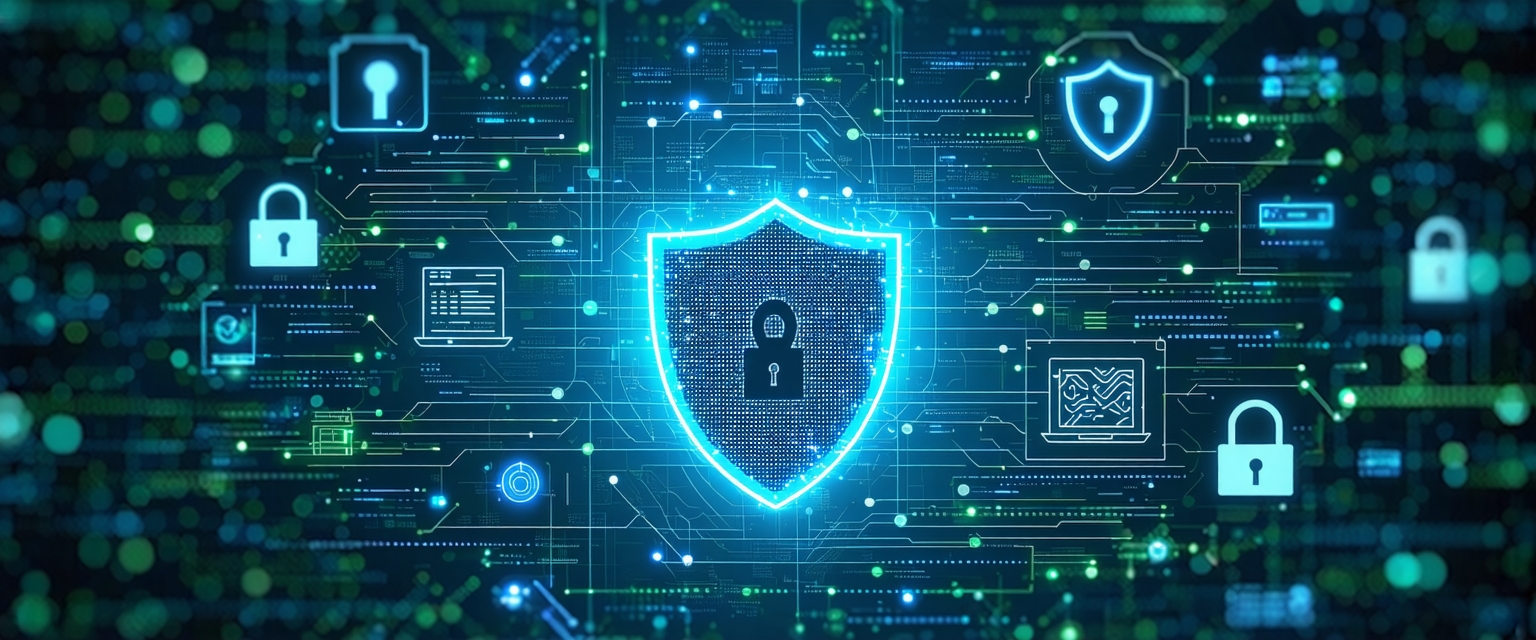






The cybersecurity landscape is constantly evolving, with threats becoming more sophisticated. Recent advancements in artificial intelligence (AI) are significantly improving our ability to defend against these threats.
Traditional cybersecurity methods often rely on signature-based detection, meaning they only identify known threats. This leaves systems vulnerable to zero-day exploits – attacks using previously unknown vulnerabilities. This reactive approach is increasingly inadequate in the face of the growing number and complexity of cyberattacks.
AI and machine learning (ML) are changing the game. AI-powered systems can analyze vast amounts of data to identify anomalies and patterns indicative of malicious activity, even if the specific threat is unknown. This proactive approach allows for faster detection and response to threats, significantly reducing the impact of breaches.
Furthermore, AI is being utilized to enhance threat intelligence, automating the process of identifying and analyzing potential vulnerabilities. This allows security teams to prioritize and address critical threats more efficiently.
The integration of AI into cybersecurity is already having a measurable impact. Organizations are seeing reduced breach times, improved incident response, and a lower overall cost associated with cybersecurity incidents. This is leading to increased confidence and a more resilient security posture across various sectors.
However, challenges remain. The effective implementation of AI requires significant investment in infrastructure and skilled personnel. Addressing data bias in AI models and ensuring ethical considerations are paramount.
The future of cybersecurity is inextricably linked with AI’s continued development. We can expect to see more sophisticated AI-driven solutions, including autonomous threat hunting and automated remediation capabilities. The focus will increasingly shift toward predictive security, anticipating and preventing threats before they occur.